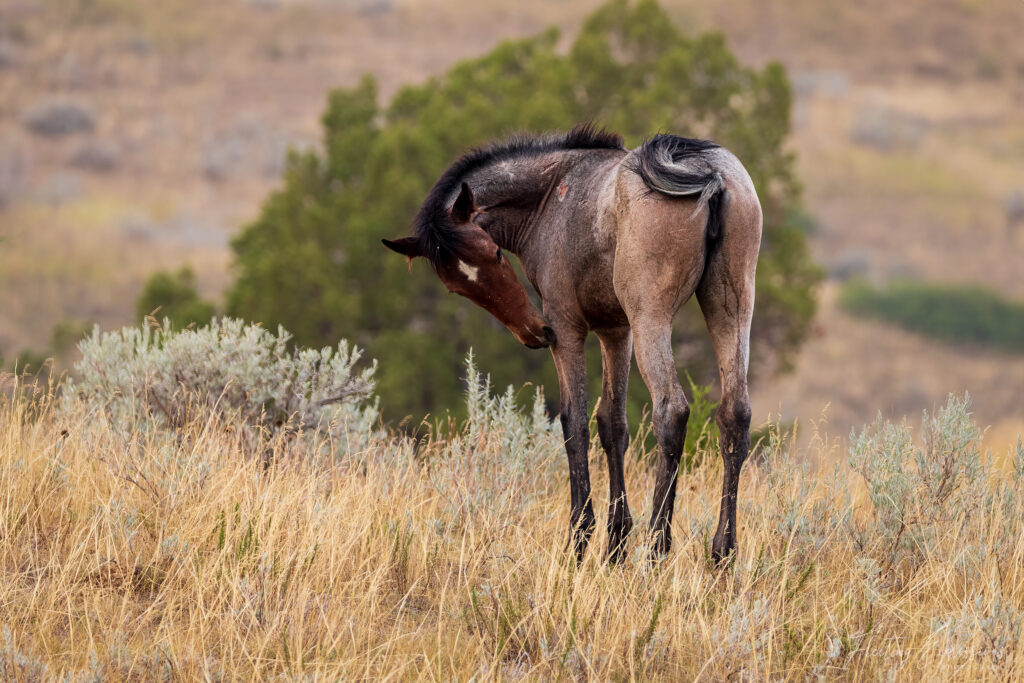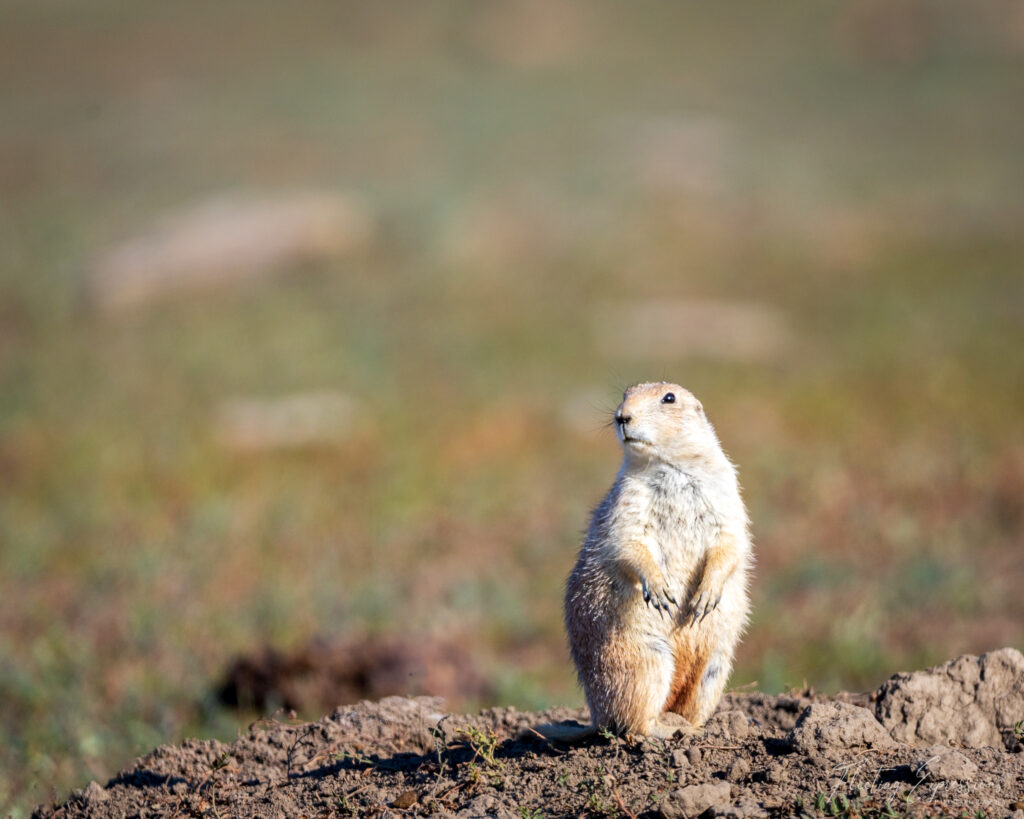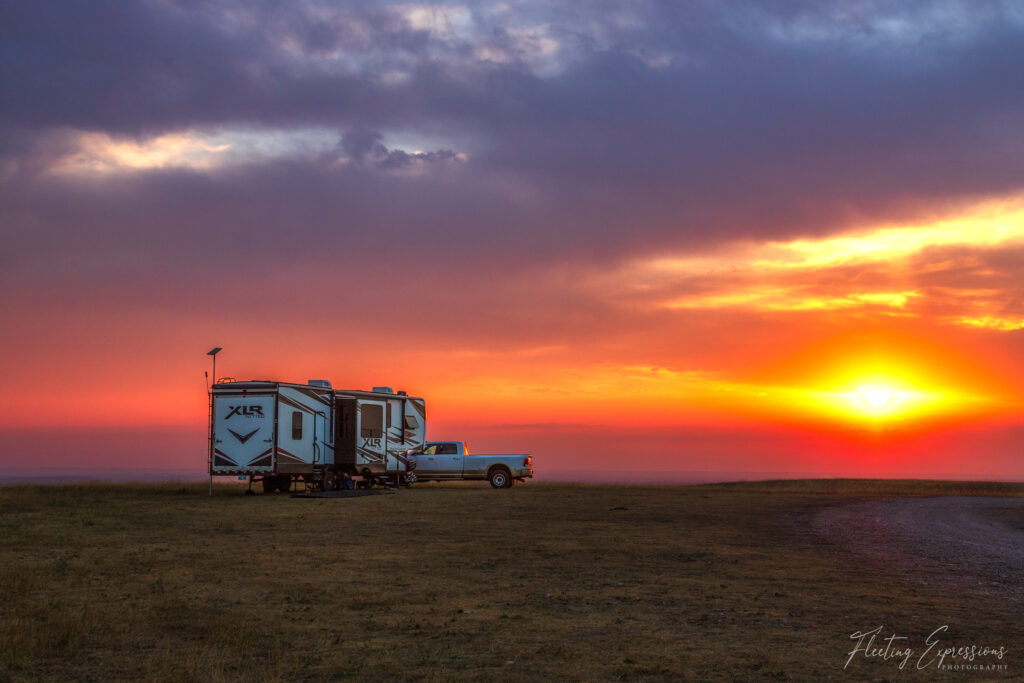In a world overflowing with curated images and polished narratives, authenticity has become a breath of fresh air. Capturing authentic moments through photography or simple observation invites us to step into the raw truth of human experience. Genuine experience isn’t about chasing perfection; it’s about embracing the small, unscripted moments that tell a much deeper story.
The raw wonders of nature photography are often unscripted, unplanned and maybe just a bit wild. These are the moments that surprise you, making you forget you are even holding a camera. They become a treasured memory. But how do we find these moments, and more importantly, how do we honor them when we capture them?
Stepping deeper into the natural world through our lenses, it becomes clear that what moves us most isn’t the flawless composition, it’s the feeling of something real, something alive.
Why Authenticity Matters in Nature Photography
True connection happens when viewers feel the rawness of the natural world. Nature doesn’t pose for the camera. The moments that make us feel most alive often occur when we stop trying to direct the scene and start listening to what the land, light, or animal is offering. The whispers of the leaves and the quiet movements of the wildlife are fleeting and deeply honest.
With the rise of AI-generated images and overly curated content on social platforms, it’s becoming harder to trust the
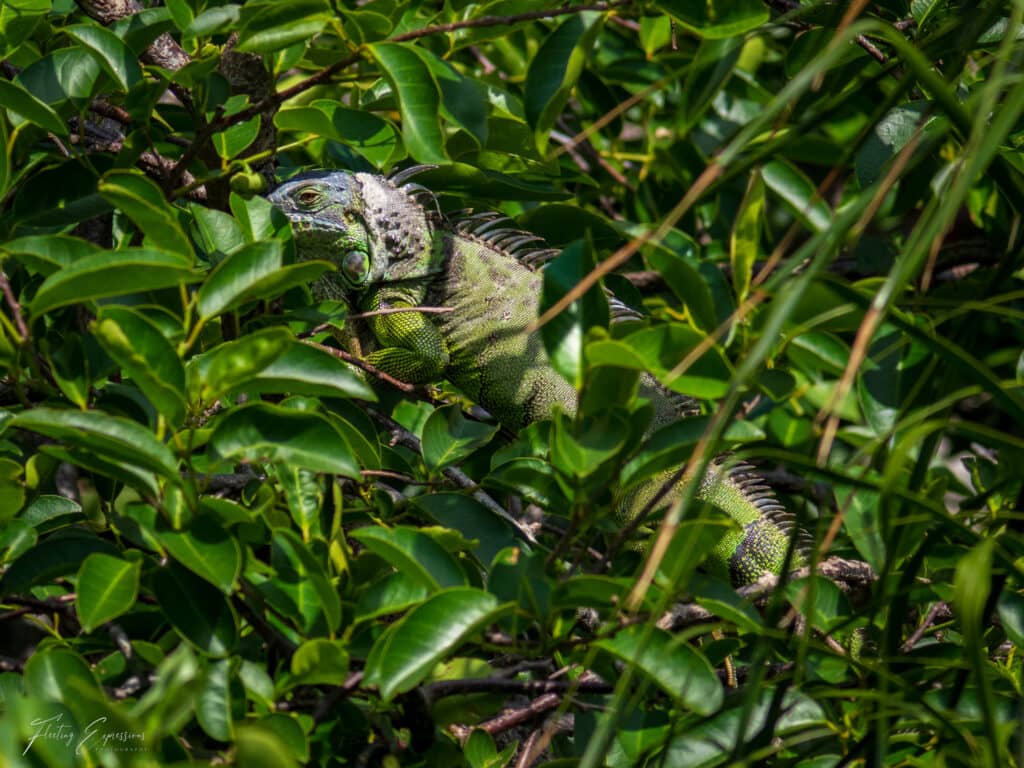
authenticity of what we see online. While AI has its place in creative expression, for photographers seeking real-world locations and stories, the line between real and artificial is becoming increasingly blurred.
But recognizing the power of authenticity is just the beginning. The real challenge (and the real reward) lies in learning how to notice and hold onto those moments when they appear.
How to Capture Authentic Moments in Nature
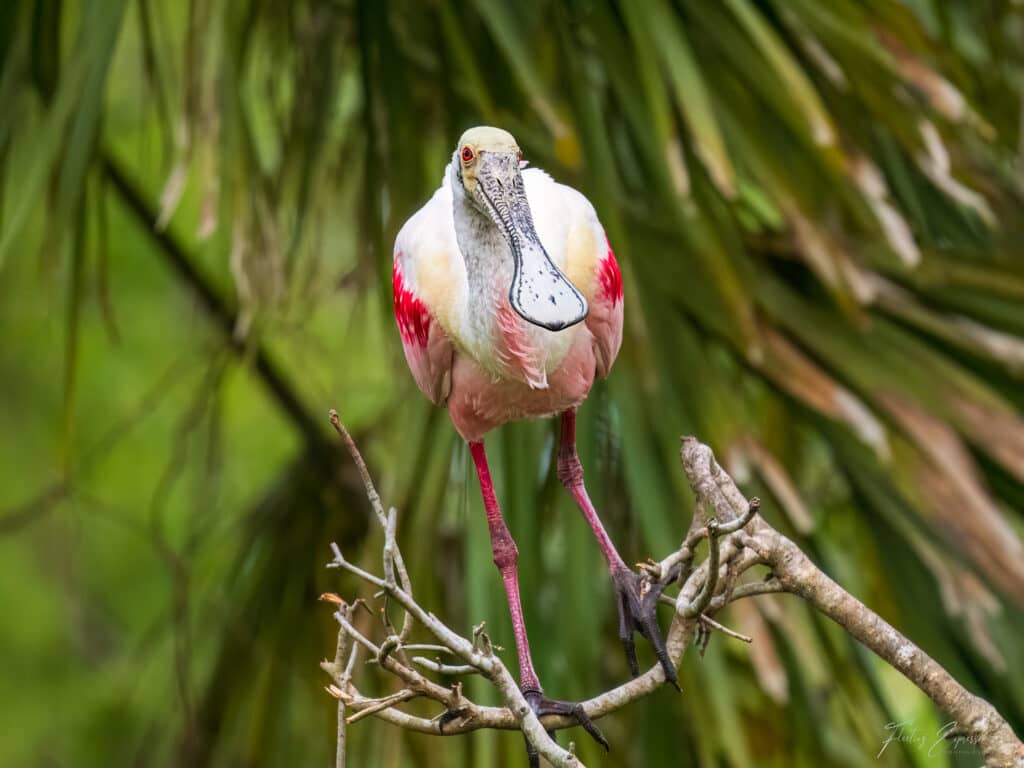
Be Present
Take a mindful approach. Sit still and observe your surroundings. Wait patiently for nature to settle back into its rhythm after your arrival. This is especially helpful in bird photography.
If you are moving around, take the slow approach. Let the environment guide you instead of rushing to find the perfect shot. Giving yourself permission to wander without a goal opens the door for unscripted scenes to appear.
Use all your senses in this simple grounding exercise:
- 5 things you can see
- 4 things you can feel
- 3 things you can hear
- 2 things you can smell
- 1 thing you can taste
This exercise is a great way to slow down and feel more connected to the nature that surrounds you. Being present opens the door, but true authenticity in nature often depends on our willingness to step back and let the world unfold on its own terms.
Trust Your Instincts
Recognizing and responding quickly when a fleeting scene unfolds requires trusting your instincts to guide you in capturing an authentic moment, before your brain talks you out of it. Even if you have a plan for a location, be willing to set it aside to capture what you find. Even though golden hour is often considered ideal, there’s beauty to be found at any time of day, if you are open to it.
Observe, Don't Intervene
Let the moment unfold naturally. Be still and watch what is happening around you. Your role is to observe, not direct or influence. Taking time to pause in nature and appreciate the miracles around you can create space for capturing the fleeting beauty of a story yet untold.
Watching as the snow geese took flight into the sky with the warm colors of dawn providing the perfect backdrop is the perfect way to start the day.

Embrace Imperfections
Muddy trails, imperfect lighting, and blurred wings tell the real story of the moment. Nature is often messy and chaotic. Resist the urge to organize the scene to perfection and instead embrace the imperfection. The story lies in the messy details.
With patience and intuition as your guides, the next step is turning those moments into meaningful images, photographs that don’t just show, but tell.
Techniques for Capturing Authenticity
An unposed landscape is one that hasn’t been overly curated or manipulated. It’s captured as it is, in the natural rhythm of the moment. The trail might be muddy, the clouds uneven, a branch might interrupt your perfect frame. And yet, that’s exactly what makes the image feel alive. When we resist the urge to wait for perfect lighting or rearrange the scene, we begin to honor the landscape’s truth. We let the wind move through the grasses. We let the shadows fall where they may. And in doing so, we tell a story not just of the land, but with it. It is a moment of real connection, quietly preserved.
I once visited the iconic Bixby Bridge in Big Sur, expecting to photograph it in full California sunshine with dramatic cliffs, bold blues, and warm light. However, when I arrived, the entire coastline was cloaked in fog. At first, I was disappointed. The image I envisioned was gone. But as I stood there, I realized the mist had brought something else: an air of quiet mystery. The bridge emerged only partially from the haze, its arches fading into the unknown. It felt less like a landmark and more like a secret or a mystery to be
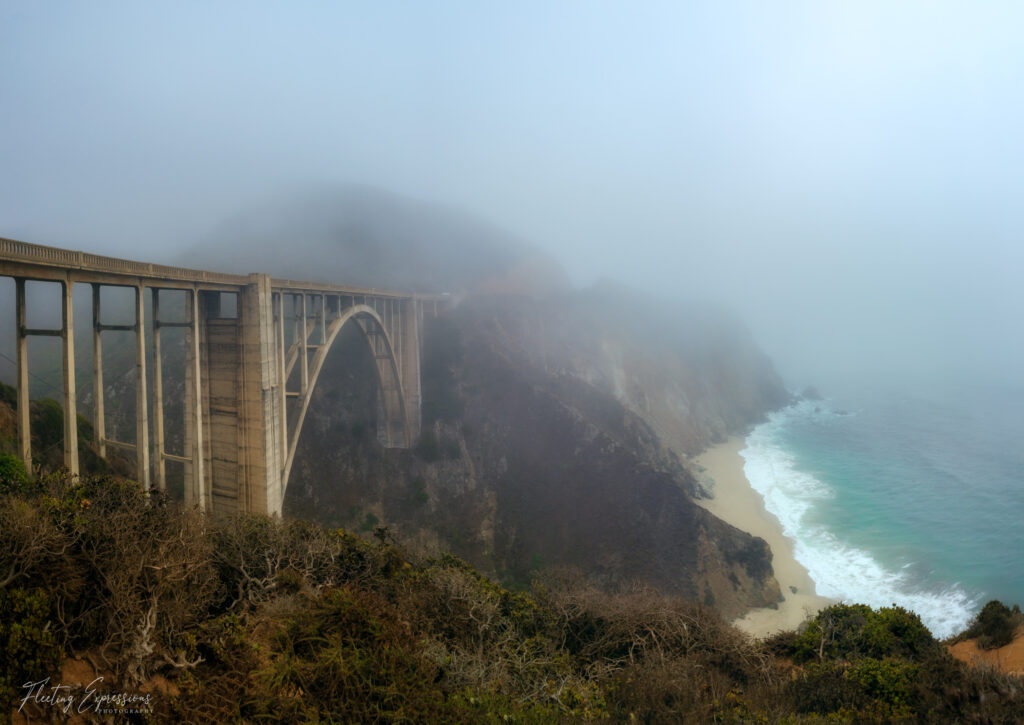
uncovered. That image, soft and unpolished, ended up being one of my favorites. It reminded me that when we stop chasing perfection, we often find something more honest, and perhaps, more hauntingly beautiful.
Behind every compelling photo lies not just timing or technique, but a quiet understanding, a respect for the story you’re witnessing. That’s where empathy comes in.
The Role of Empathy in Nature Photography
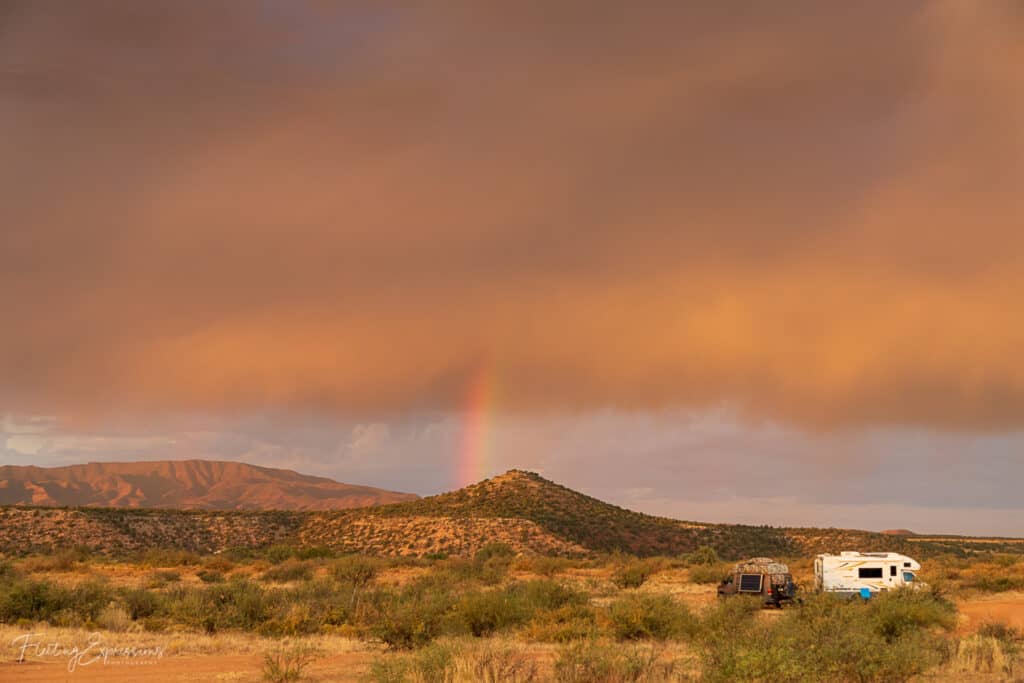
Seeing the world through the rhythm of nature begins with patience and not imposing a timeline on the moment. Wildlife marches to its own rhythm; capturing it will require patience and understanding of the animal’s behaviors. Similarly, landscapes present differently at different times of day and in other seasons. Sudden rainstorms in the desert bring much-needed moisture for the flora and fauna and treat us with vibrant rainbows, inspiring us to celebrate the beauty around us.
Empathy in nature photography means seeing the landscape or wildlife not just as subjects to capture, but as living entities with their own stories, cycles, and space. It’s about slowing down enough to feel what the environment is saying, noticing when a bird is alert and on edge, when the wind shifts the mood, or when the forest grows still. Empathy keeps us from pushing too close, lingering too long, or trying to force a moment that isn’t ready. Instead, it invites us to approach the natural world with curiosity, humility, and respect.
When we photograph with empathy, we’re not just documenting nature; we’re forming a quiet relationship with it, and that connection shows in the images we create.
A critical component of empathy in nature is respecting wildlife and ecosystems while photographing. Staying on marked paths allows vegetation to grow. Keeping a distance from wildlife allows them to move safely through their environment.
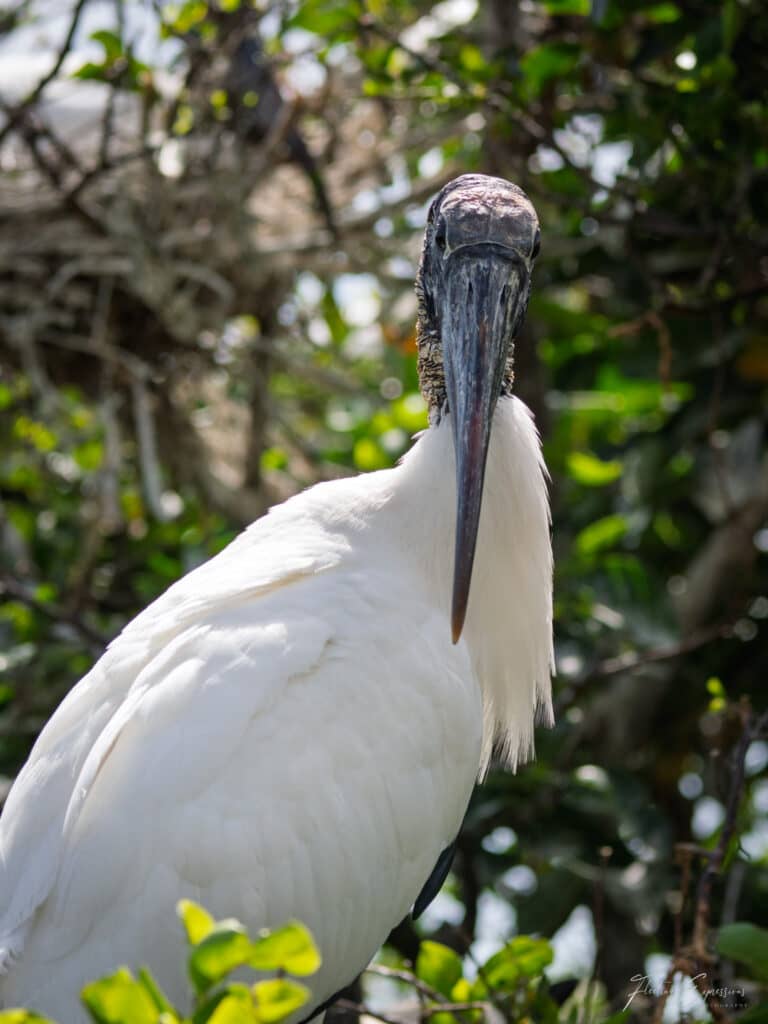
Once the shutter clicks and the moment passes, your role shifts. Now it’s about choosing the images that still carry the feeling and essence of what you saw and felt.
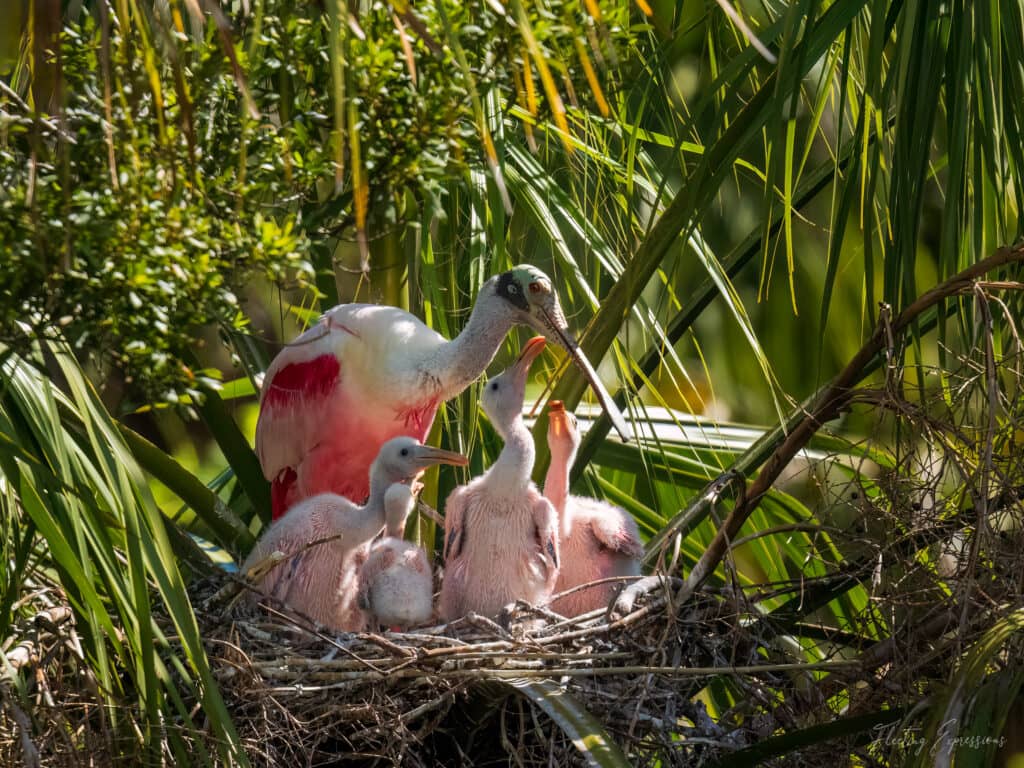
Reflecting and Curating Your Story
Telling an authentic story starts with choosing images that convey emotion over technical perfection. Some of my favorite photos of my recent birding adventures have been the fuzzy babies in the nest but those nests can be problematic. They are generally tucked into trees with branches and sticks poking out in every direction. I work to capture expressions in the shot, like feeding, and accept that the imperfections are part of the story.
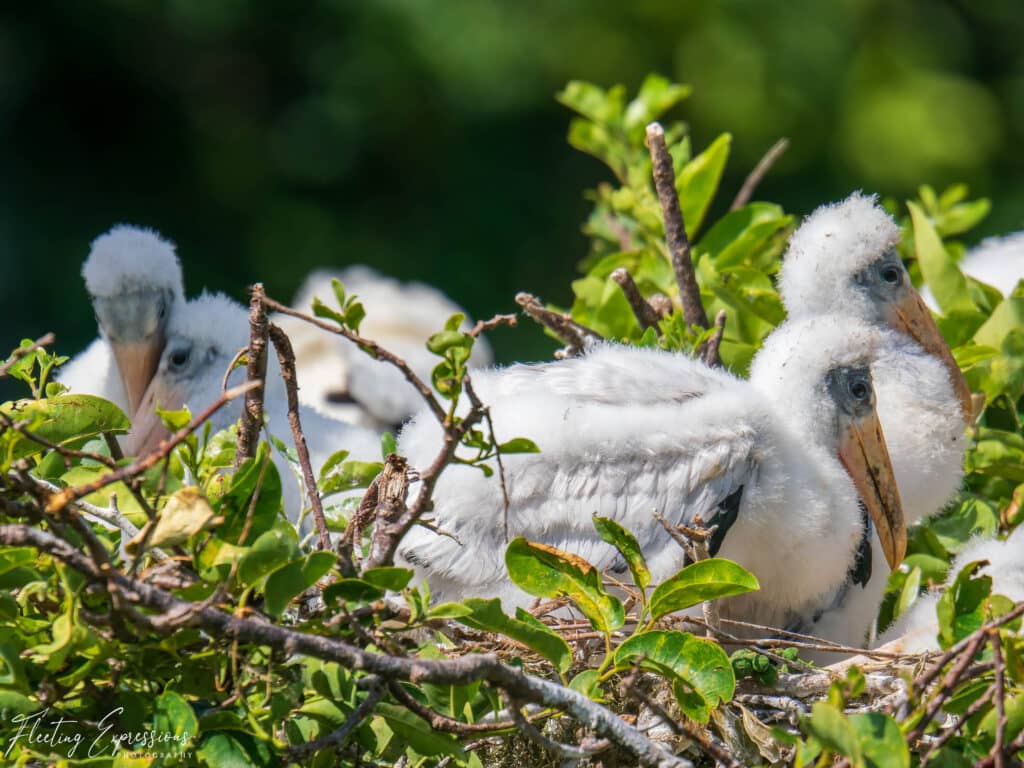
It’s important to build a visual story that invites viewers to feel like they were there. Landscapes may not speak with words, but they still carry stories; subtle, powerful ones shaped by light, weather, and time. After we capture the moment, the next step is reflection: asking what the image is really about. What feeling did it stir in you when you pressed the shutter? What truth does it hold, beyond its visual appeal?
Curating a story from a landscape photo means choosing the image that best honors that emotion and presenting it in a
way that helps others feel it too. It’s not always the most technically perfect photo that tells the strongest story; it’s the one that holds onto the moment’s soul. In the end, it’s not about how many shots you took or how technically perfect they were. It’s about the ones that linger — the ones that make you feel like you’re standing there again.
Conclusion
Slowing down, being present, and finding beauty in nature is good for the soul. Capturing images that take viewers on that journey too is a great step toward making the world a better place.
The best stories in nature, like in life, are often the ones we almost missed. A shadow slipping through tall grass. A single drop of rain catching the light. A rainbow that lasts only minutes after the storm. These are the moments that don’t announce themselves. They whisper. And if we’re rushing, planning, or trying too hard to control the scene, we might walk right past them.
But if we slow down, listen, and let nature take the lead, we’ll find ourselves holding onto something far more meaningful than a perfect shot. We’ll capture a piece of truth, and that’s where the real beauty lives.
What’s a moment in nature you almost missed, but still remember? I’d love to hear your story in the comments.
